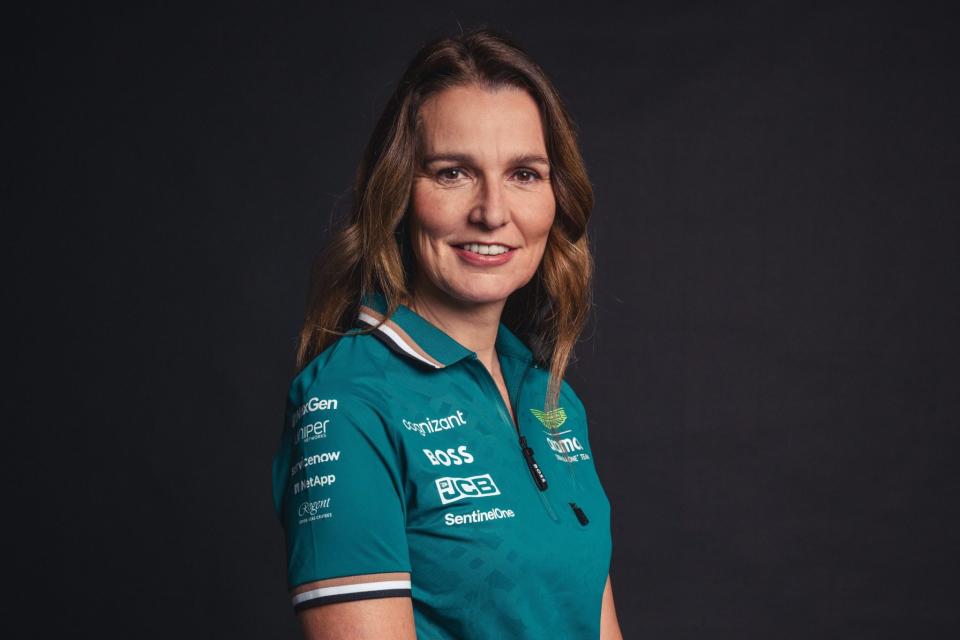How Aston Martin leans on IT to give Formula One drivers an edge

Formula One race winners may get all of the glory, but their IT teams deserve a victory lap too.
“My job is to make the car go faster,” says Clare Lansley, chief information officer for the Aston Martin Aramco Formula One team. “And we do that through technology.”
With races in 24 geographies this year, ranging from Brazil to Australia to Azerbaijan, Lansley and the IT team she steers work fast and furiously to crunch data to determine the ideal aerodynamics, engines, and tires that will give drivers a competitive advantage, without losing sight of traditional IT responsibilities like cloud-computing and cybersecurity.
Nothing matches the adrenaline-fueled work that's focused on the racetrack. Drivers debrief with the IT crew to share what they've intuitively felt in the car following a race. But those insights are still validated by the data, and everything from weather patterns, road conditions, and race location altitude will factor into Lansley's decisions.
What if a rainstorm were to hit Florida ahead of the Miami Grand Prix? The IT crew quickly springs into action by looking at datasets and perform modeling to “completely change up your race strategy,” says Lansley. The team has precious little time to pause and reflect because improvements must be made between race events.
Lansley joined Aston Martin Formula One in July 2022, after stints at Jaguar Land Rover and McLaren Automotive. She oversees every element of IT, including what it takes to run the car and infrastructure security. When Formula One is in China for a race, it raises unique questions about cybersecurity, like if it is okay to run race mechanics in the WeChat messenger. Maybe not.
“You’ve got to think about the territories you are going to and all the different elements,” says Lansley.
After billionaire Lawrence Stroll invested millions in Aston Martin, there was an acknowledgement that the newly rebranded Aston Martin Formula One team would need to spend more on IT, security, and hardware to put technology in the driver seat. "We've had real advances in the past 18 months," says Lansley.
The British carmaker has had a busy week as it heads into the next Formula One race, the British Grand Prix, held at the Silverstone Circuit in England. On Tuesday, Aston Martin announced Andy Cowell as CEO of the Formula One team, joining from Mercedes. A few days earlier, driver Lance Stroll, the son of part-owner Lawrence Stroll, extended his contract with the team for at least two more years.
It also marks the one-year anniversary since Aston Martin opened a new 400,000-square-foot campus in Silverstone, putting all 700 team members under one roof for the first time in almost two decades. Design, engineers, and manufacturing all work closely side-by-side to craft components and determine the right settings and configurations for each race car.
The new building also led the Formula One team to embrace a hybrid cloud model with Microsoft Azure, a project it undertook in just six weeks. “I don't need massive servers, consuming a serious amount of power, just to go and run those simulations,” says Lansley.
The team has also invested in artificial intelligence and machine learning over the past few years, though the prioritization has been on creating a more secure infrastructure, working with fewer software vendors, and developing more rigorous IT governance.
“I want one clean set of master data and everybody’s got to be using it consistently,” says Lansley. "It's a journey and a cultural change. You have to take people with you.”
John Kell
Send thoughts or suggestions to CIO Intelligence here.
This story was originally featured on Fortune.com

 Yahoo Finance
Yahoo Finance 